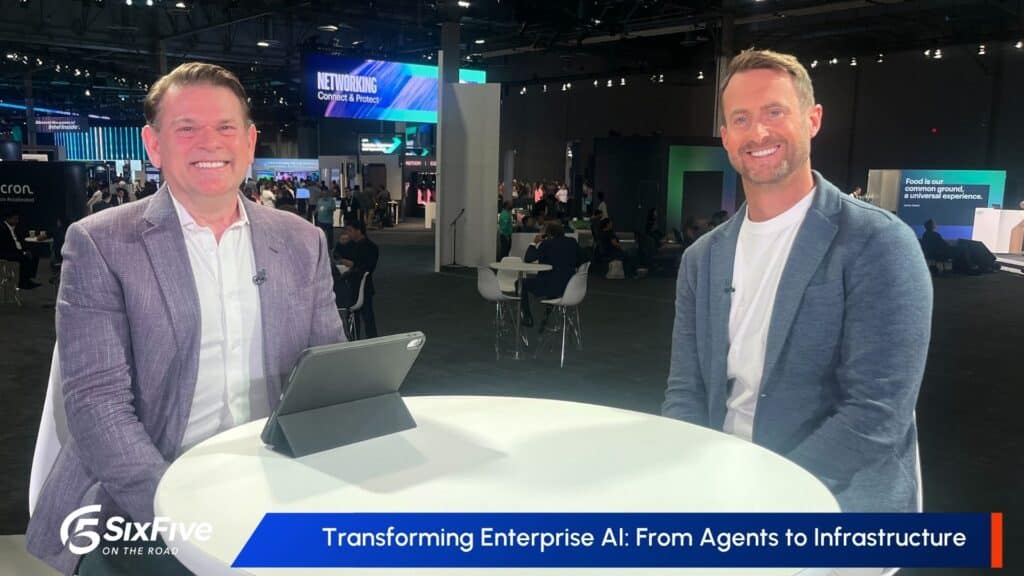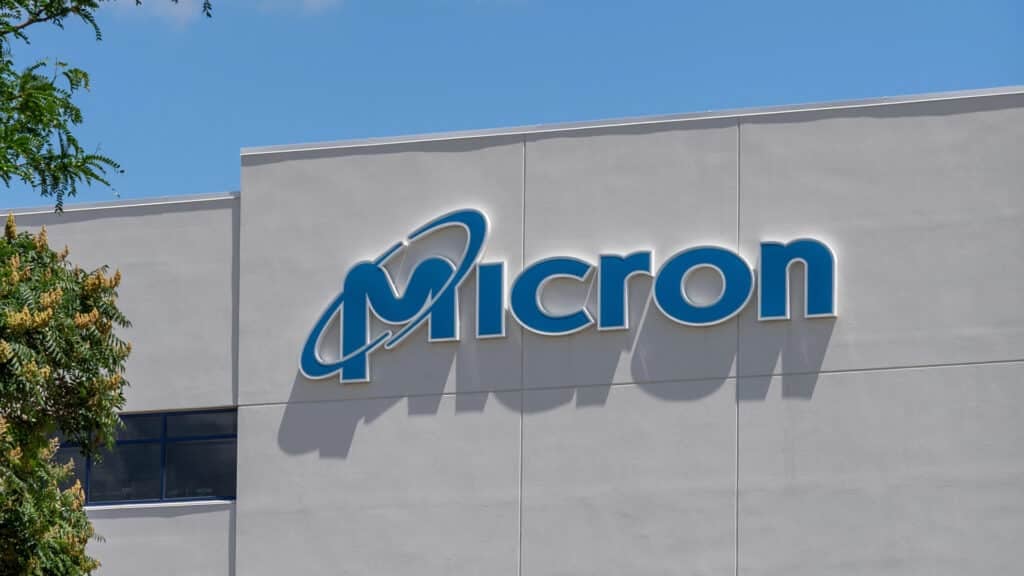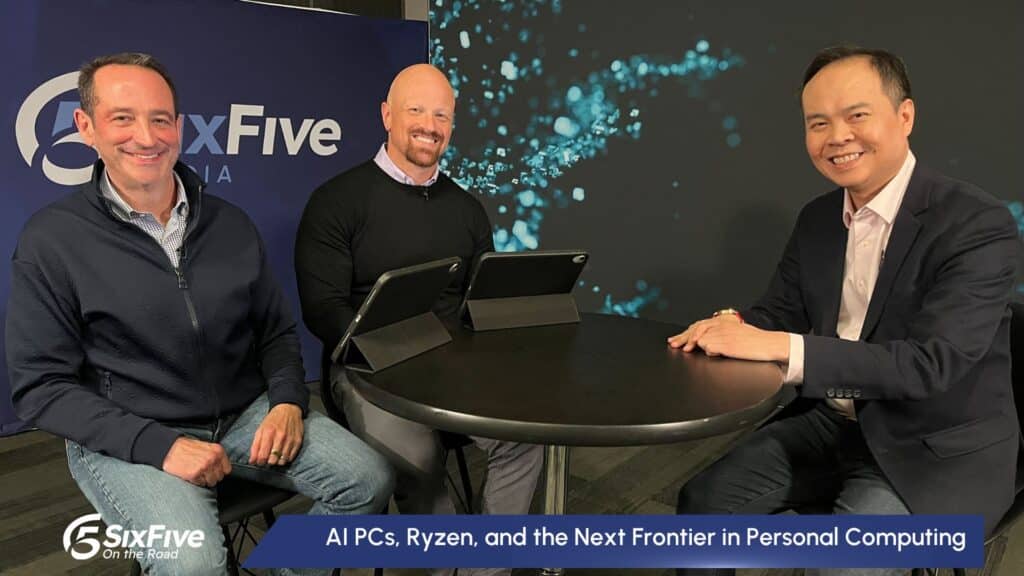The News: SAP released a case study highlighting the operational and financial benefits of utilizing software to optimize scheduling, routing, and interactions for field service technicians for Patterson Dental, a customer with more than 900 field service technicians. The case study highlighted the value of being able to access and leverage real-time internal and external data to improve the efficiency of field service technician schedules and routing, leading to better customer experiences and various operational efficiencies for the company.
The case study’s results illustrated the value of SAP’s Field Service Management Solution:
- 2 to 5 minutes per job are saved related to the effort required to schedule and manage field service requests per coordinator.
- 13 minutes of unbilled travel time is saved per billed hour, freeing up time for Patterson to serve more customers.
- 40 metric tons of carbon emissions are saved per year due to more sustainable routing, 5% less miles traveled per day, and reduced fuel usage.
You can read the case study on the SAP website.
Driving CX Improvements by Streamlining Field Service Management
Analyst Take: SAP released a case study highlighting the benefits of deploying a field service management (FSM) software solution designed to streamline scheduling, improve service agent routing, and improve engagement with customers. While the case study highlighted some impressive KPIs and results, the more interesting aspect of the case study is the ability to incorporate real-time, external data sources to improve operations and customer experiences.
The SAP Field Service Management solution helps provide key data for scheduling field service appointments with customers and completing repairs more efficiently. In this case study, Patterson Dental leveraged real-time and historical traffic data to optimize routing and save time for its technicians, resulting in declines in fuel usage, less wear and tear on vehicles (and drivers) due to fewer miles traveled, and a drop in the amount of carbon emissions. Most important, Patterson Dental was able to deliver better customer experiences by reducing wasted time and effort.
External Data Sources Can Provide Context and Ground Best Practices With Real-World Data
Beyond the positive impacts on efficiency, the use of external, real-time data can help organizations fine-tune best practices and KPIs on a more granular level. For example, instead of simply assuming an uptick in traffic volume during certain seasons, external data can provide detailed data based on time of year, time of day, and, depending on the data being captured, the presence of other events that may impact travel times, such as weather systems or large public gatherings.
This can allow organizations to create more realistic scenarios that are grounded in data, rather than assumptions, resulting in more accurate forecasts for deliveries or service calls. Customers are generally more understanding about delays if they are provided with notice or realistic schedules based on uncontrollable factors. When it comes to delivering customer experiences, it is better to under-promise and over-deliver, rather than the inverse.
Driving Better Consumer Experiences
These types of real-world insights can also be useful to better manage the intersection of physical and digital worlds, often referred to as the “phygital” world, for B2C markets. By incorporating software that can also identify potential bottlenecks on the supply side (such as production or distribution delays), more accurate and granular information can be used to provide real-time information on expected arrivals or order completions.
Parcel delivery companies are an obvious example, as is the management of telecommunications service technicians, utility service agents, and consumer product delivery companies. Typically, consumers are given a 4-6 hour window for appointments, which is exceptionally inconvenient, and far from customer-centric. Deploying software that could allow a more granular and accurate estimate of when these representatives are likely to arrive can significantly improve customer experiences.
Disclosure: The Futurum Group is a research and advisory firm that engages or has engaged in research, analysis, and advisory services with many technology companies, including those mentioned in this article. The author does not hold any equity positions with any company mentioned in this article.
Analysis and opinions expressed herein are specific to the analyst individually and data and other information that might have been provided for validation, not those of The Futurum Group as a whole.
Other insights from The Futurum Group:
GSG Elevates EX and CX With the Use of Workforce Engagement Management
New CX Research from Airship, CCW Digital, and Qualtrics
SurveyMonkey’s State of CX Report Reveals Customer Feedback Is a Priority for CX Teams in 2023
Author Information
Keith Kirkpatrick is Research Director, Enterprise Software & Digital Workflows for The Futurum Group. Keith has over 25 years of experience in research, marketing, and consulting-based fields.
He has authored in-depth reports and market forecast studies covering artificial intelligence, biometrics, data analytics, robotics, high performance computing, and quantum computing, with a specific focus on the use of these technologies within large enterprise organizations and SMBs. He has also established strong working relationships with the international technology vendor community and is a frequent speaker at industry conferences and events.
In his career as a financial and technology journalist he has written for national and trade publications, including BusinessWeek, CNBC.com, Investment Dealers’ Digest, The Red Herring, The Communications of the ACM, and Mobile Computing & Communications, among others.
He is a member of the Association of Independent Information Professionals (AIIP).
Keith holds dual Bachelor of Arts degrees in Magazine Journalism and Sociology from Syracuse University.





